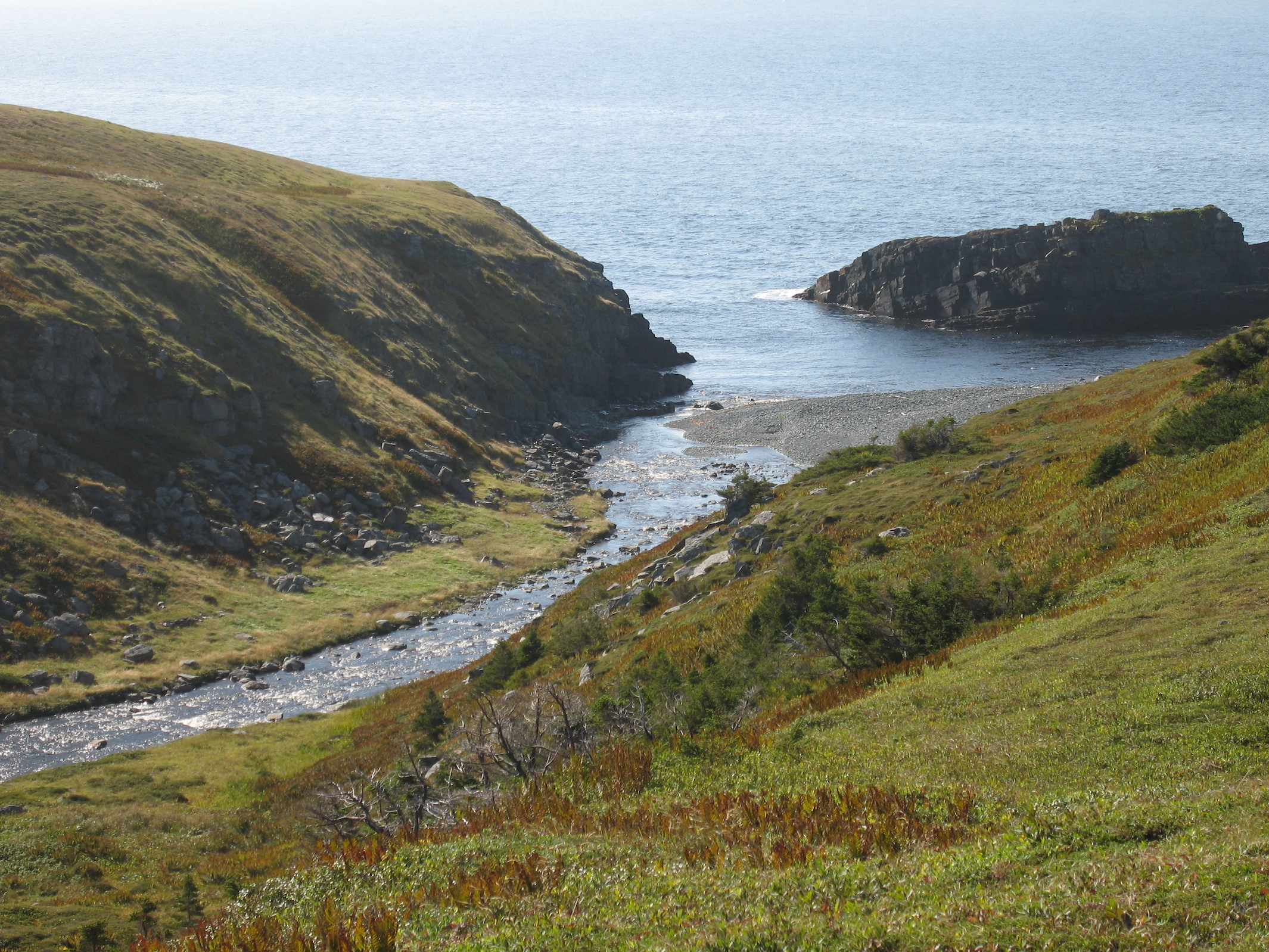Search
Introduction
This website replaces an earlier version “seavalonnature.ca” which first appeared in 2020. Due to the less than specific domain name, the site was rarely found or used by the target audience, visitors who want to visit Newfoundland to experience its people, its wildlife and its scenic beauty.
The new name is expected to address this and at the same time put more emphasis on the importance of birds to the natural history potential of the southeast Avalon area. Hopefully the updated bird checklist and discussion by season will demonstrate that the area hosts the best birding in the province and arguably, due its unique location, a premier site in the Atlantic provinces and in Canada.
While ordered to make the bird-related material more detailed and much easier to find, this website contains all the natural history and cultural material accessible in side bars on the left. Clicking on any will allow you to directly access the information you are most interested in.
Newfoundland is a special place, a land of great scenic beauty and friendly people, a place that is hard to forget. In the late 1970s and early 1980s we lived in St. John’s and I was a regular visitor to the southern shore, especially for the Cape Race Christmas Bird Count. We moved away for work in the mid 1980s, but after a wonderful return visit in 2000, we decided Newfoundland was the place we really missed and where we wanted to spend more time. In 2002 we bought a house in Trepassey, where we live seasonally.
We have come to love this area of the Avalon, a region of outstanding natural beauty and of rich natural and cultural heritage. This guide is intended to help visitors to appreciate and explore this remarkable area of fishing harbours occupied since the early 1500’s, rocky coasts, boreal forest and barrens, one of the finest untamed natural history sites in Canada.
 The barrens and estuary of Bristol Cove River in the Mistaken Point Ecological Reserve
The barrens and estuary of Bristol Cove River in the Mistaken Point Ecological Reserve
The Southeast Avalon has an unparalleled natural history, with distinctive geology, flora and fauna. Visitors will not want to miss visiting the Mistaken Point Ecological Reserve, a World Heritage Site, which contains the earliest known animal fossils. They will find extensive boreal forest with resident populations of moose, Black-backed Woodpeckers, Canada Jays, Boreal Chickadees and crossbills. They will also find rocky outcrops, barrens and peat lands reminiscent of northern Scotland. These open areas, widely referred to as the “barrens”, support healthy populations of easily accessible caribou and ptarmigan normally to be expected only in the very difficult to access and expensive Canadian arctic.
Perhaps best of all is the extraordinary and unique marine environment. The mixing of the famous Labrador and Gulf Stream Currents off Cape Race and the proximity to the Grand Banks to the southeast, sustains the basis of marine life: plankton, krill, capelin and sand lance. The richness of this animal life provides the food source for a seasonal assortment of whales, seals, nesting seabirds and migrating pelagics unique to Atlantic Canada. The chance to observe all of these species, easily accessible by car, up-close, and from the safety of land, is a priceless treasure.
We are blessed with having among us an outstanding wildlife photographer, Trepassey resident and Powle’s Head lightkeeper, Clifford Doran. Other than the photo above and a few others identified, all the wonderfl photos that accompany this website were graciously provided by Clifford.
Finally, we have developed this website as our contribution, indeed a deliberate attempt to set out the case for the importance of he bird life, natural history and cultural heritage of the southeast Avalon. The area has unrecognized world-class tourist potential that should be developed in a sustainable way to provide a backbone to stabilize the long term economic future of the area.
Hopefully tourism, along with investment in sustainable land and marine resources appropriate to warming weather conditions, and the provision of basic services will provide more opportunities for prosperity in the second quarter of the 21st century.